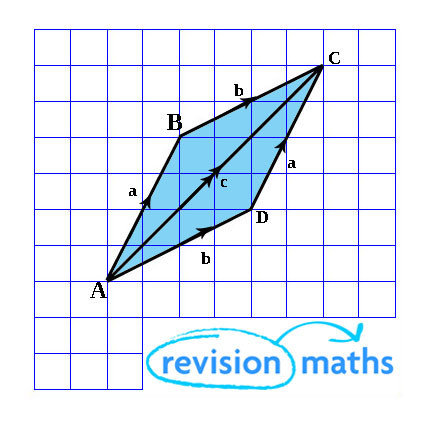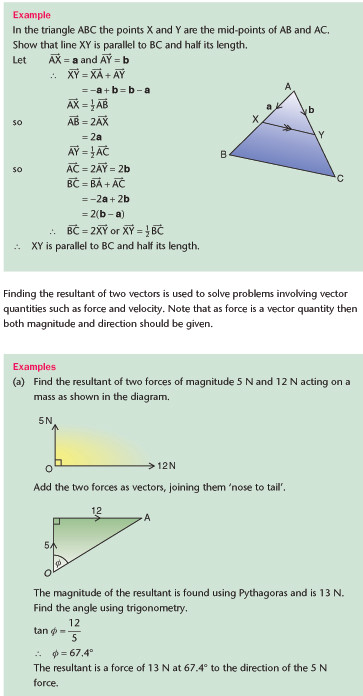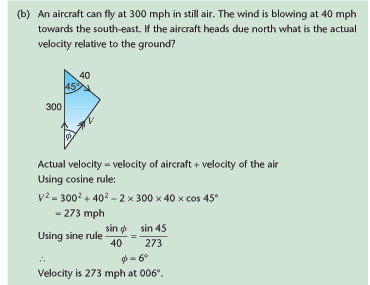Vectors
Calculating the Modulus of a Vector
In this section, you will learn how to calculate the modulus of a vector. The modulus is a mathematical term for the length or the magnitude.
This video and text below takes a look at Vectors and Scalars.
The magnitude of vector x is written as |x|.
The magnitude of vector
is written as |AB|.
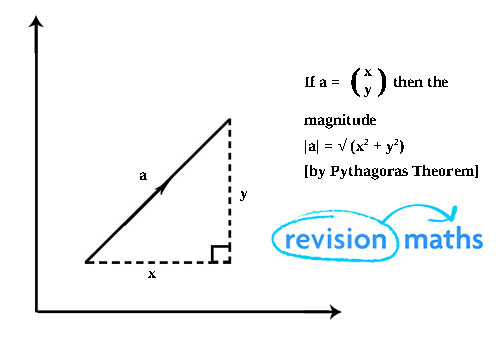
Zero vector and unit vectors
A vector with magnitude 0 is called the zero vector, written 0. A vector with magnitude 1 is called a unit vector.
Vectors are equal if they have the same magnitude and the same direction.
a = b
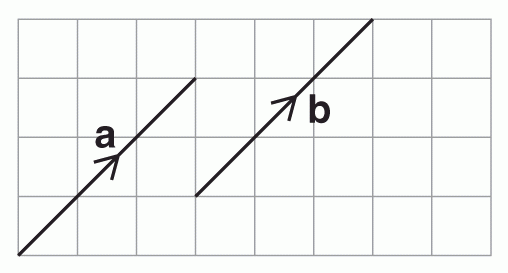
Inverse Vectors
The inverse of a vector is a vector of equal magnitude but in the opposite direction. The inverse of

is -

or

and the inverse of a is -a.
Scalars
Scalars have magnitude but not direction. Vectors can be multiplied by a scalar to produce another vector.
Multiplying vector x by 3 will give a new vector 3 times the length and parallel to x.
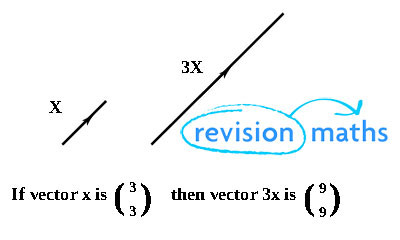
Vector addition and subtraction
When 2 vectors are added or subtracted the vector produced is called the resultant.
The resultant is identified by a double arrowhead.
Triangle Law:
To add two vectors you apply the first vector and then the second.
![]()
+
=
or
a + b = c
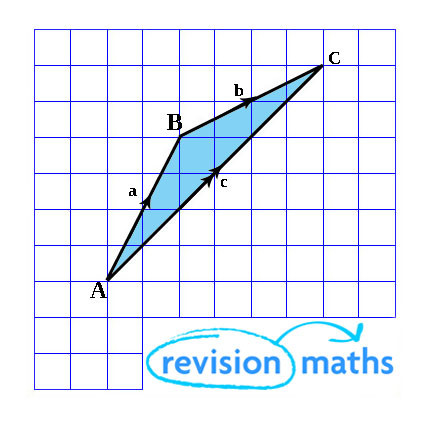
Subtracting a vector is the same as adding its inverse.
a – b is the same as a + (-b)
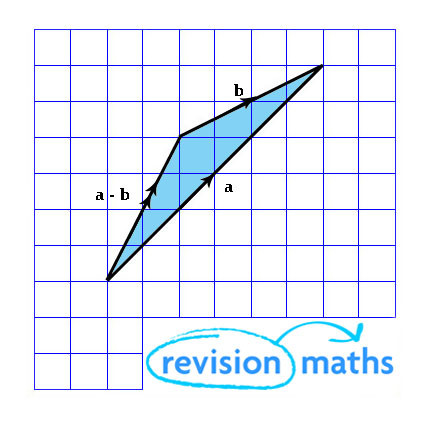
Parallelogram Law:
Moving from A to C through B is the same as moving through D.
![]()
+
=
+
=
or
a + b = b + a = c
